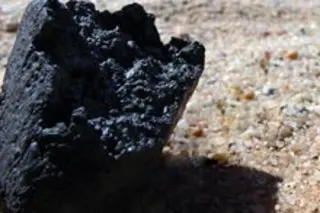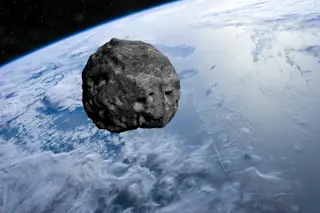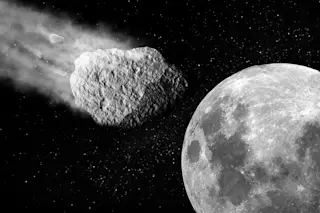They saw it coming, and they got what was coming to them. For the first time, researchers not only detected an asteroid in space, but also tracked its progress and then collected its debris after it crashed to Earth [Science News].
Astronomers won the space lottery last October when they spotted a small, car-sized asteroid headed straight for Earth 19 hours before it reached our planet, and were able to study it as it plunged towards the atmosphere. When the rock exploded about 23 miles above the Nubian Desert in northern Sudan, many astronomers thought that was the end of an already remarkable story. But researcher Peter Jenniskens decided to see if any fragments had reached the Earth's surface, and joined forces with a team of Sudanese scientists and students to comb the desert.
Small asteroids like 2008 TC3 are fairly common, with about one asteroid impacting Earth each year. ...














